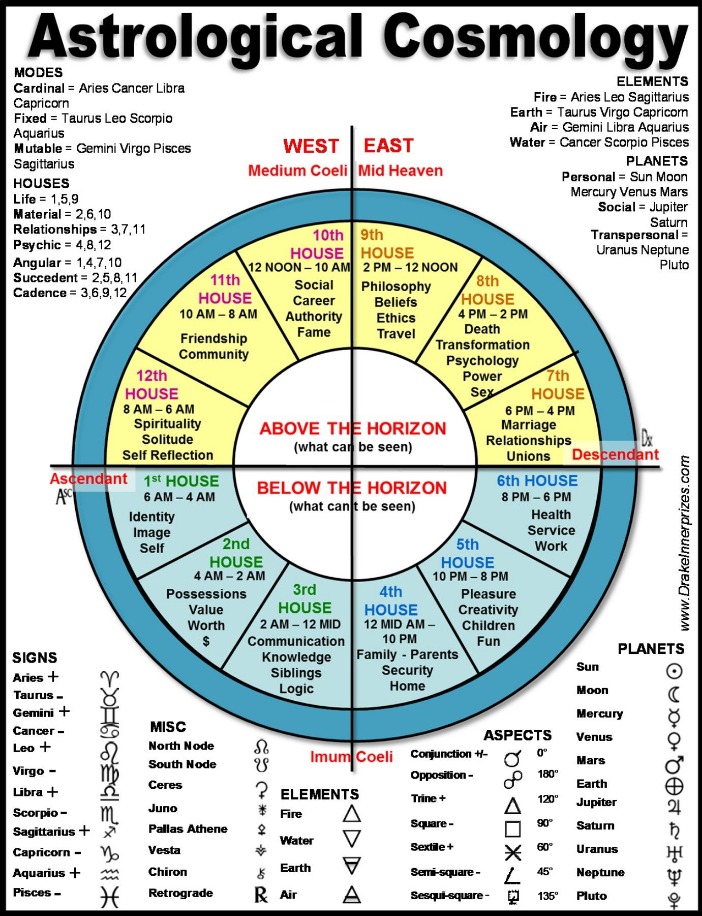The Architecture of Our Cosmic Island
Our home galaxy, the Milky Way, is a barred spiral galaxy, an immense structure spanning approximately 100,000 to 200,000 light-years in diameter and containing an estimated 100 to 400 billion stars. Picture a vast, luminous disk with spiral arms unfurling from a central bar-shaped bulge. This bulge, densely packed with older, reddish stars, harbors a supermassive black hole named Sagittarius A* at its very heart, possessing a mass equivalent to about 4 million suns. Surrounding the disk is the stellar halo, a vast, roughly spherical region populated by ancient star clusters and swathes of elusive dark matter.
The Sun, along with our solar system, resides within the Orion Arm, a minor spiral arm roughly 27,000 light-years from the galactic center. We orbit this center at a staggering speed of about 230 kilometers per second, taking roughly 225-250 million years to complete one galactic year. The galactic disk itself is remarkably thin compared to its width; near the Sun, it’s only about 1,000 light-years thick. This disk is where most of the galaxy’s gas, dust, and ongoing star formation occur, painting the spiral arms with vibrant nebulae and brilliant young stellar clusters.
Understanding the Milky Way’s structure is inherently challenging because we reside within it, much like trying to map a forest from deep inside. Astronomers rely on painstaking observations across multiple wavelengths – radio waves piercing dust clouds, infrared seeing through obscuration, and visible light revealing stellar populations – combined with precise measurements of star positions and motions from missions like Gaia. This intricate mapping reveals the complex gravitational dance orchestrated by both visible matter and the dominant, invisible dark matter halo.
A Galaxy in Motion: Birth, Death, and Cosmic Evolution
The Milky Way is far from static; it is a dynamic, evolving ecosystem. Its spiral arms are not fixed structures but density waves, similar to traffic jams on a highway, where gas and dust pile up, triggering intense bursts of star formation. Within vast molecular clouds like the Orion Nebula, gravitational collapse births new stars. Massive stars live fast and die young, exploding as spectacular supernovae within millions of years. These violent deaths enrich the interstellar medium with heavy elements forged in their cores and the explosions themselves, seeding the material for future generations of stars and planets.
Smaller stars, like our Sun, have longer lifespans, burning steadily for billions of years. The galaxy also hosts a diverse stellar population: ancient, metal-poor stars found in the halo and globular clusters formed early in the galaxy’s history, contrasting sharply with the younger, metal-rich stars populating the disk. The gravitational influence of the Milky Way extends beyond its visible stars, shaping a vast halo of dark matter that makes up the majority of its mass. This unseen component is crucial for explaining the rotation speeds of stars within the disk, which remain surprisingly high far from the center.
The Milky Way’s history is marked by cosmic cannibalism. Evidence suggests it grew to its current size by merging with and absorbing smaller satellite galaxies over billions of years. Ongoing streams of stars, remnants of these disrupted dwarf galaxies, still trace paths through the halo. Currently, the Milky Way is on a collision course with its largest neighbor, the Andromeda Galaxy (M31). In about 4.5 billion years, these two giants will begin a slow-motion merger, ultimately forming a new, larger elliptical galaxy, dramatically reshaping our cosmic neighborhood.
Our Place in the Galactic Story: Observation and Significance
For millennia, humans have gazed upon the hazy band of light arching across the night sky, naming it the Milky Way from ancient Greek and Roman myths about spilled milk. This celestial river served as a fundamental navigational guide and a source of profound wonder across cultures. The advent of the telescope, particularly Galileo’s observations, revealed its true nature as countless individual stars. Modern astronomy has transformed our view from a simple band of light to a complex, evolving island universe.
Studying the Milky Way is paramount to understanding galaxies in general. As the only galaxy we can observe from within, it provides an unparalleled laboratory for investigating stellar evolution, galactic dynamics, the interstellar medium, and the distribution of dark matter. Missions like the Hubble Space Telescope and the James Webb Space Telescope peer into its heart and star-forming regions, while surveys like Gaia meticulously chart the positions and motions of over a billion stars, building an ultra-precise 3D map. This detailed knowledge helps astronomers test theories of galaxy formation and evolution.
The Milky Way also defines our cosmic context. Our solar system’s location within a relatively quiet spiral arm, far from the intense radiation of the galactic center, may have been crucial for the development and sustenance of life on Earth. Understanding our galaxy’s structure, composition, and history allows us to place Earth, and humanity, within the grand narrative of the universe – a pale blue dot orbiting one star among hundreds of billions in a magnificent spiral galaxy hurtling through the cosmos.
Frequently Asked Questions (FAQs)
How did the Milky Way get its name?
The name originates from ancient Greek mythology, where it was described as “Galaxias Kyklos” (milky circle), stemming from the story of Hera spilling milk while breastfeeding Heracles. The Roman term “Via Lactea” (milky road) evolved into the English name “Milky Way,” reflecting its appearance as a pale, milky band across the night sky.
Can we see the center of the Milky Way?
We cannot see the galactic center in visible light from Earth because dense clouds of interstellar gas and dust block our view. However, astronomers use infrared, radio, and X-ray telescopes to penetrate this obscuring material, revealing the crowded central bulge and the supermassive black hole, Sagittarius A*.
Will our solar system be affected when the Milky Way collides with Andromeda?
The collision itself, starting in about 4.5 billion years, is unlikely to directly destroy our solar system due to the vast distances between stars. However, the gravitational interactions could potentially disrupt the Sun’s orbit, flinging it into a different region of the merged galaxy. Any life remaining on Earth by then would face other existential threats long before the merger completes.
How many planets are in the Milky Way galaxy?
Based on data from missions like Kepler and TESS, astronomers estimate there are likely billions of planets within the Milky Way. Statistical analysis suggests most stars host at least one planet, meaning the number of planets could easily exceed the number of stars, potentially reaching into the hundreds of billions or even trillions.
The Milky Way: A Name That Inspires
The awe-inspiring beauty and mystery of our home galaxy, the Milky Way, continues to captivate scientists and dreamers alike. Its name, evoking that ethereal band of light, has transcended astronomy to inspire art, literature, and even ventures into entertainment. For those seeking a different kind of cosmic adventure, the name milkey way also marks the gateway to an engaging online gaming experience. Just as we explore the vastness of our galactic home, new frontiers in digital entertainment invite exploration under this familiar celestial banner.




